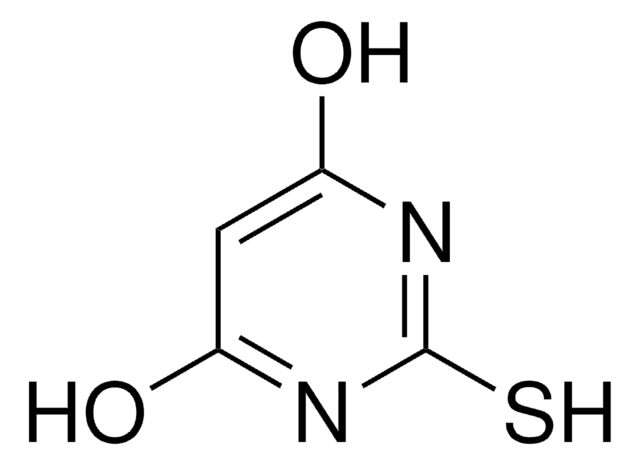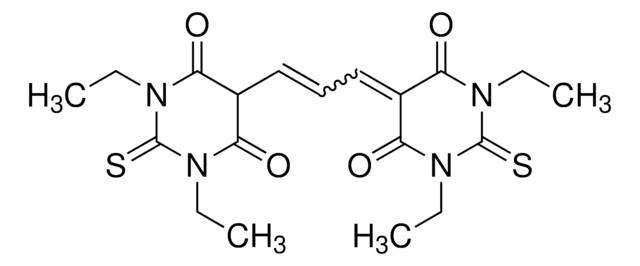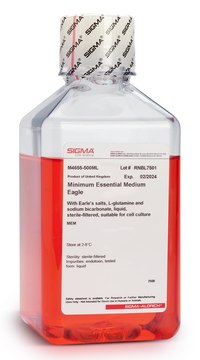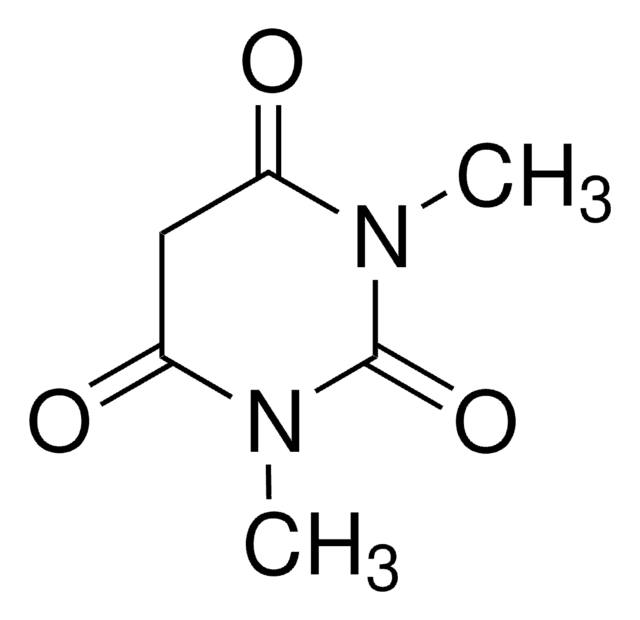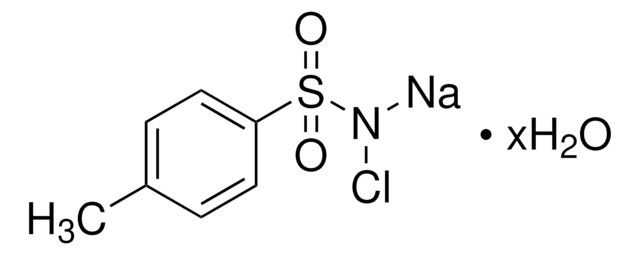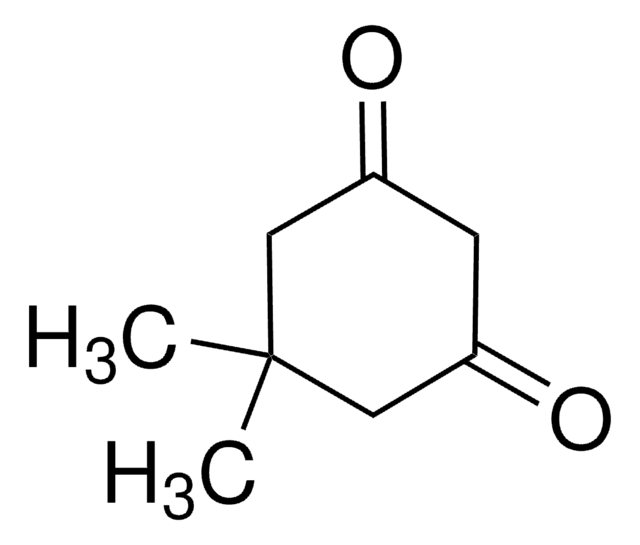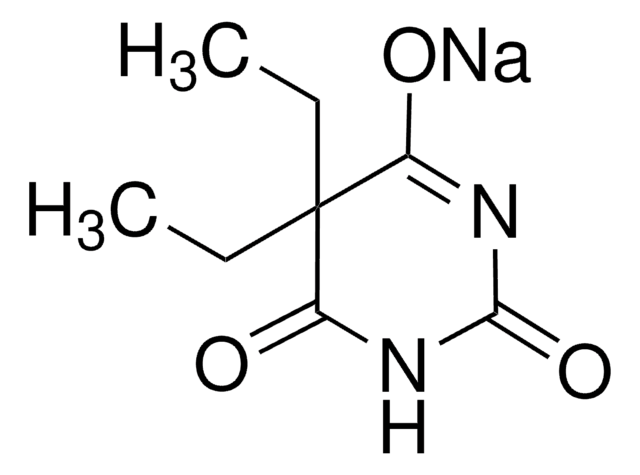161950
1,3-Diethyl-2-thiobarbituric acid
99%
Synonyme(s) :
1,3-Diethyl-2-sulfanylidene-1,3-diazinane-4,6-dione, 1,3-Diethyldihydro-2-thioxo-4,6(1H,5H)-pyrimidinedione, 1,3-Diethylthiobarbituric acid, N,N′-Diethyl-2-thiobarbituric acid
About This Item
Produits recommandés
Essai
99%
Contrôle du médicament
regulated under CDSA - not available from Sigma-Aldrich Canada
Pf
109-112 °C (lit.)
Solubilité
1 M NaOH: soluble 50 mg/mL, clear, colorless to light yellow
Chaîne SMILES
CCN1C(=O)CC(=O)N(CC)C1=S
InChI
1S/C8H12N2O2S/c1-3-9-6(11)5-7(12)10(4-2)8(9)13/h3-5H2,1-2H3
Clé InChI
SHBTUGJAKBRBBJ-UHFFFAOYSA-N
Application
Mention d'avertissement
Danger
Mentions de danger
Conseils de prudence
Classification des risques
Acute Tox. 3 Oral - Skin Sens. 1
Code de la classe de stockage
6.1C - Combustible acute toxic Cat.3 / toxic compounds or compounds which causing chronic effects
Classe de danger pour l'eau (WGK)
WGK 3
Point d'éclair (°F)
Not applicable
Point d'éclair (°C)
Not applicable
Faites votre choix parmi les versions les plus récentes :
Déjà en possession de ce produit ?
Retrouvez la documentation relative aux produits que vous avez récemment achetés dans la Bibliothèque de documents.
Les clients ont également consulté
Notre équipe de scientifiques dispose d'une expérience dans tous les secteurs de la recherche, notamment en sciences de la vie, science des matériaux, synthèse chimique, chromatographie, analyse et dans de nombreux autres domaines..
Contacter notre Service technique